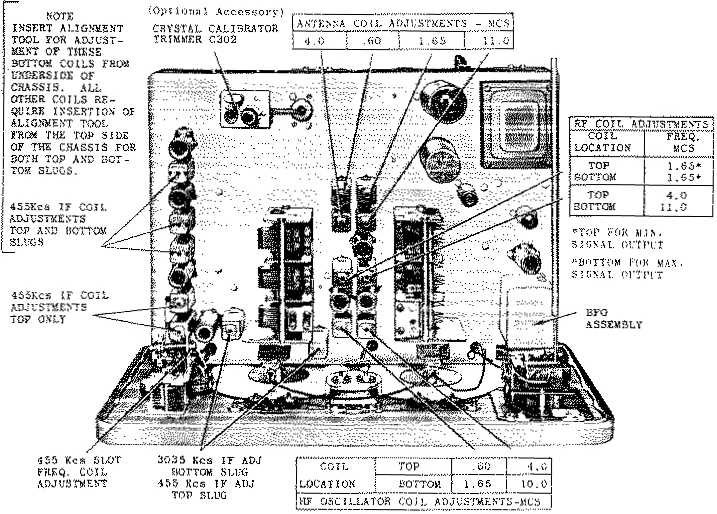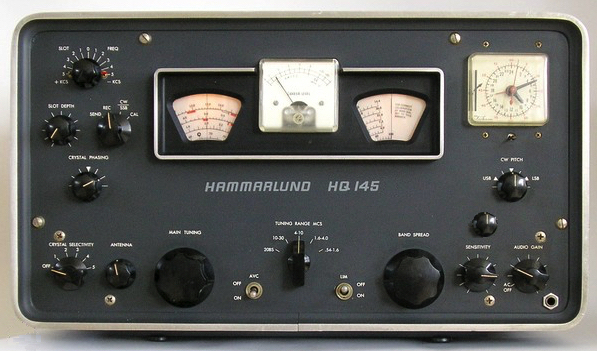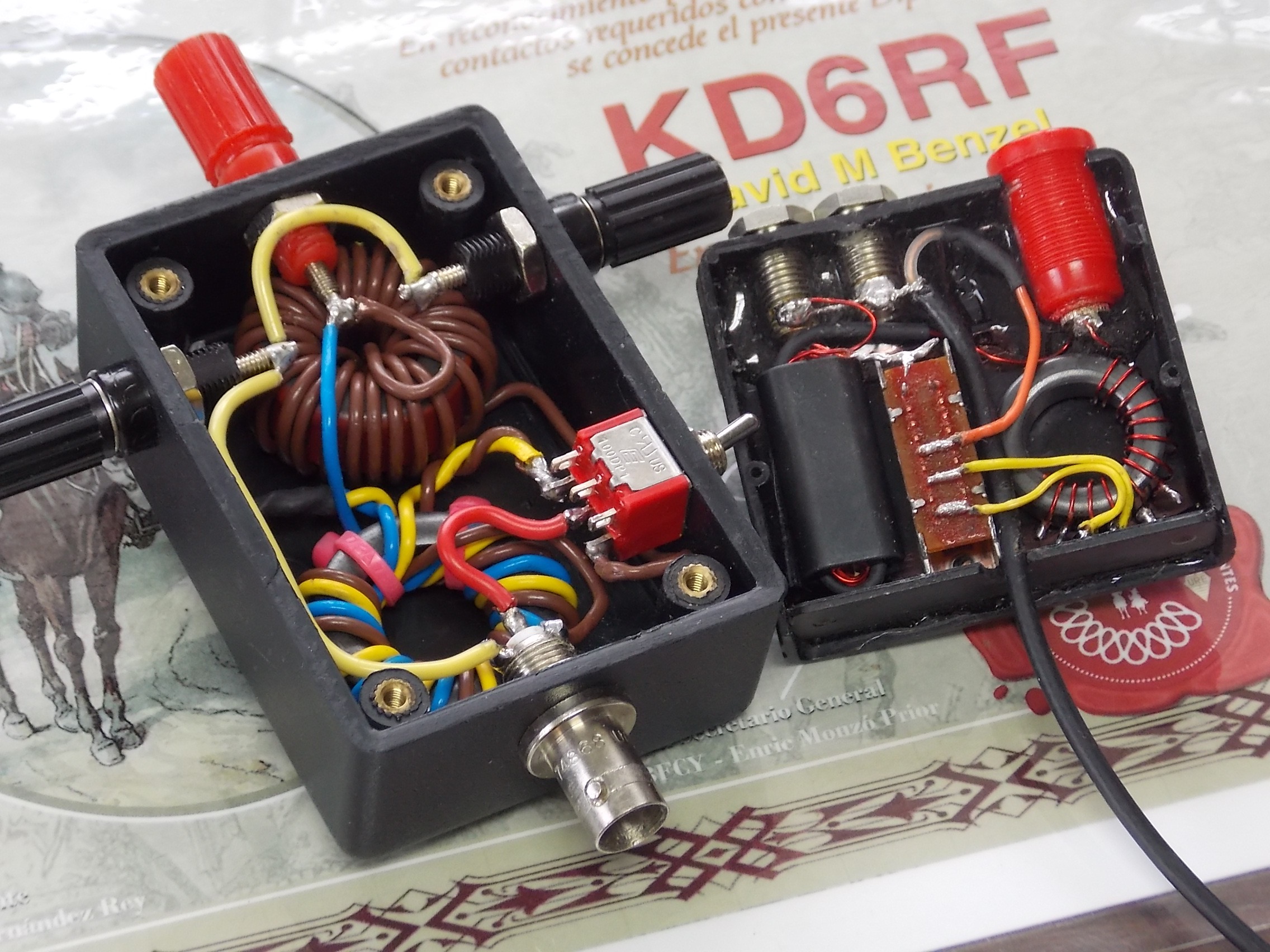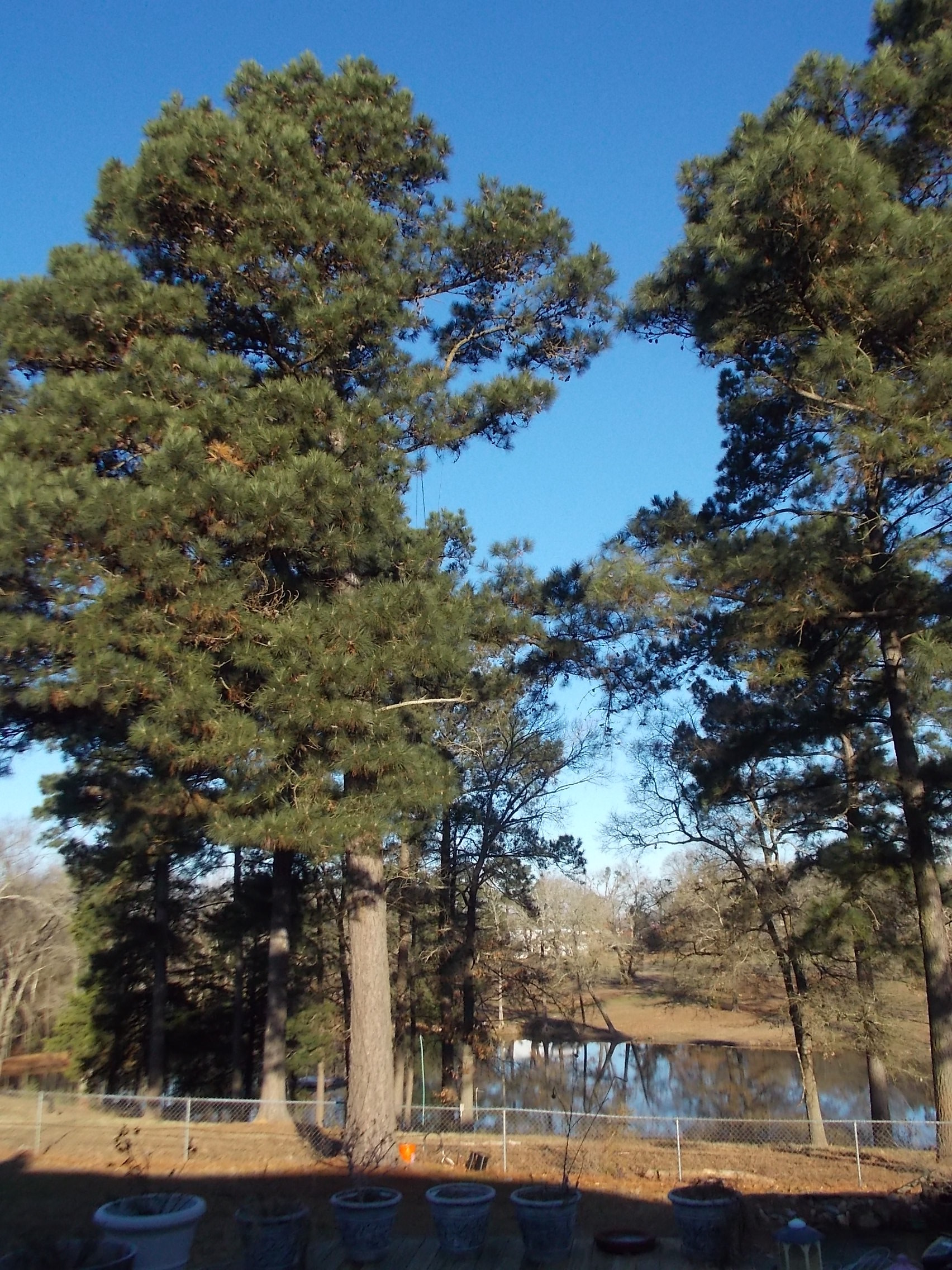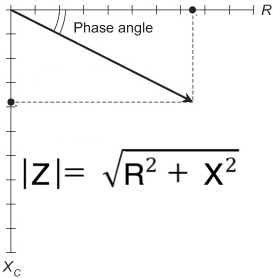Consulting RF/microwave engineer specializing in Ultra-WideBand (UWB) circuitry and Antenna design for communications and radar.
- 3 Year E-Tech ISU 1979
- Lawrence Livermore National Laboratory Full Scholarship 1988, 1989

- BSEE UC Berkeley 1990
GPA 3.98 T.O.C. - MSEE 1999
- 35+ years Lawrence Livermore National Laboratory E-Tech, EE, and Consultant – Hardware, Design, Modeling, Patents, and Applications in UWB Comms, RF OTA Powering, Radar, Antennas
- Profesional Awards: 2008 R&D100 Secure Cargo UWB Comms
 + 2009 Global Security Directorate Award
+ 2009 Global Security Directorate Award  + 2012 Global Security Directorate Gold
+ 2012 Global Security Directorate Gold  + Sensitives
+ Sensitives
2,796 total views, no views today
